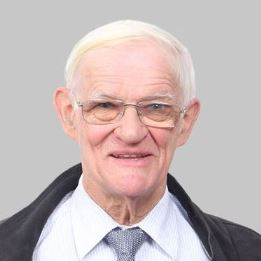Editorial Board Members’ Collection Series: From Waste to Energy
A special issue of Sustainability (ISSN 2071-1050). This special issue belongs to the section "Waste and Recycling".
Deadline for manuscript submissions: 30 April 2024 | Viewed by 8544
Special Issue Editors
2. Beijing Key Laboratory of Computational Intelligence and Intelligent System, Beijing 100124, China
Interests: manicipal solid waste incineration; numerical simulation; industrial modelling; intelligent optimization; artificiall intelligent
2. Beijing Advanced Innovation Centre for Soft Matter Science and Engineering, Beijing University of Chemical Technology, Beijing 100029, China
Interests: renewable energy; sustainable engineering; chemical reactors; unit operations; powder technology; environmental technologies; waste treatment; impact assessments
2. Department of Industrial and Systems Engineering, The Hong Kong Polytechnic University, Hong Kong, China
Interests: process system engineering; sustainability engineering; engineering operations management; artificial intelligence; process simulation, integration and optimization; multi-criteria decision analysis
Special Issues, Collections and Topics in MDPI journals
Special Issue Information
Dear Colleagues,
We are pleased to announce this collection entitled “Editorial Board Members’ Collection Series: From Waste to Energy”, which will collect papers invited by the Editorial Board Members.
The aim of this Collection is to provide a venue for networking and communication between Sustainability and scholars in the field of waste and recycling. All papers will be fully open access upon publication after peer review.
We look forward to receiving your contributions.
Prof. Dr. Jian Tang
Prof. Dr. Jan Baeyens
Dr. Jingzheng Ren
Guest Editors
Manuscript Submission Information
Manuscripts should be submitted online at www.mdpi.com by registering and logging in to this website. Once you are registered, click here to go to the submission form. Manuscripts can be submitted until the deadline. All submissions that pass pre-check are peer-reviewed. Accepted papers will be published continuously in the journal (as soon as accepted) and will be listed together on the special issue website. Research articles, review articles as well as short communications are invited. For planned papers, a title and short abstract (about 100 words) can be sent to the Editorial Office for announcement on this website.
Submitted manuscripts should not have been published previously, nor be under consideration for publication elsewhere (except conference proceedings papers). All manuscripts are thoroughly refereed through a single-blind peer-review process. A guide for authors and other relevant information for submission of manuscripts is available on the Instructions for Authors page. Sustainability is an international peer-reviewed open access semimonthly journal published by MDPI.
Please visit the Instructions for Authors page before submitting a manuscript. The Article Processing Charge (APC) for publication in this open access journal is 2400 CHF (Swiss Francs). Submitted papers should be well formatted and use good English. Authors may use MDPI's English editing service prior to publication or during author revisions.
Keywords
- waste
- recycling
- energy
- sustainable engineering
- environmental technologies







